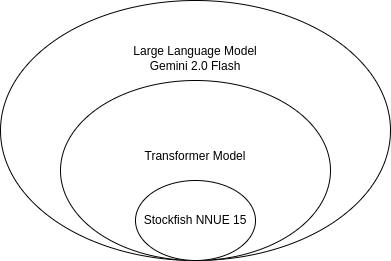Cauchy, The Chess Coach
Modern chess analysis tools leave much to be desired. If you’ve ever been frustrated by the superficial comments of an AI coach or the strict limitations of free-tier analysis on platforms like Chess.com, you’re not alone.
While Stockfish remains the gold standard in tactical precision, it often recommends bizarre, robotic moves and fails to explain why you went wrong. This gap in insight inspired the development of Cauchy, a chess analysis agent that goes beyond evaluation scores and taps into pattern recognition and natural language understanding to help you improve.
What is Cauchy?
Cauchy is a multi-stage chess analysis bot that combines:
- The tactical rigor of Stockfish
- The pattern recognition of a Transformer-based model
- The natural language expressiveness of an LLM
Unlike traditional engines that analyze single games in isolation, Cauchy looks at all your games on Lichess, detects recurring themes in your mistakes, and serves up targeted puzzle recommendations to train your weaknesses.
The Problem with Today’s Tools
Most AI chess coaches:
- Focus only on one game at a time
- Provide shallow commentary like “blunder” or “inaccuracy”
- Don’t help you improve in the long term
Cauchy solves this by:
- Analyzing all your games
- Using a Transformer to label your mistakes thematically (e.g., "missed fork", "open file misuse")
- Surfacing similar puzzles from the Lichess database to reinforce learning
Here’s how Cauchy works at a high level:

Or more specifically, here's the nitty-gritty of how the model stores and searches through chess puzzles:
.png)
Code
You can find the notebook here.
Limitations and Future Directions
Compute Time:
Analyzing thousands of games locally with Stockfish is time-consuming. For players with thousands of games, the full pipeline can take hours. Parallel processing and caching results is a priority for future versions.
LLM Context Limits:
Even large models struggle with long lists of games. We mitigate this by persisting data to disk and only summarizing what’s needed during each call.
Embedding Drift:
Tiny changes in chess positions can mean the difference between a win and a blunder. Embedding models must preserve tactical sensitivity. For this reason, Cauchy uses high-resolution FEN encoders trained specifically on chess tasks.
Hallucinations:
While LLMs can be prone to fiction, anchoring them with Stockfish’s evaluations and hard-coded tactical themes keeps responses grounded.